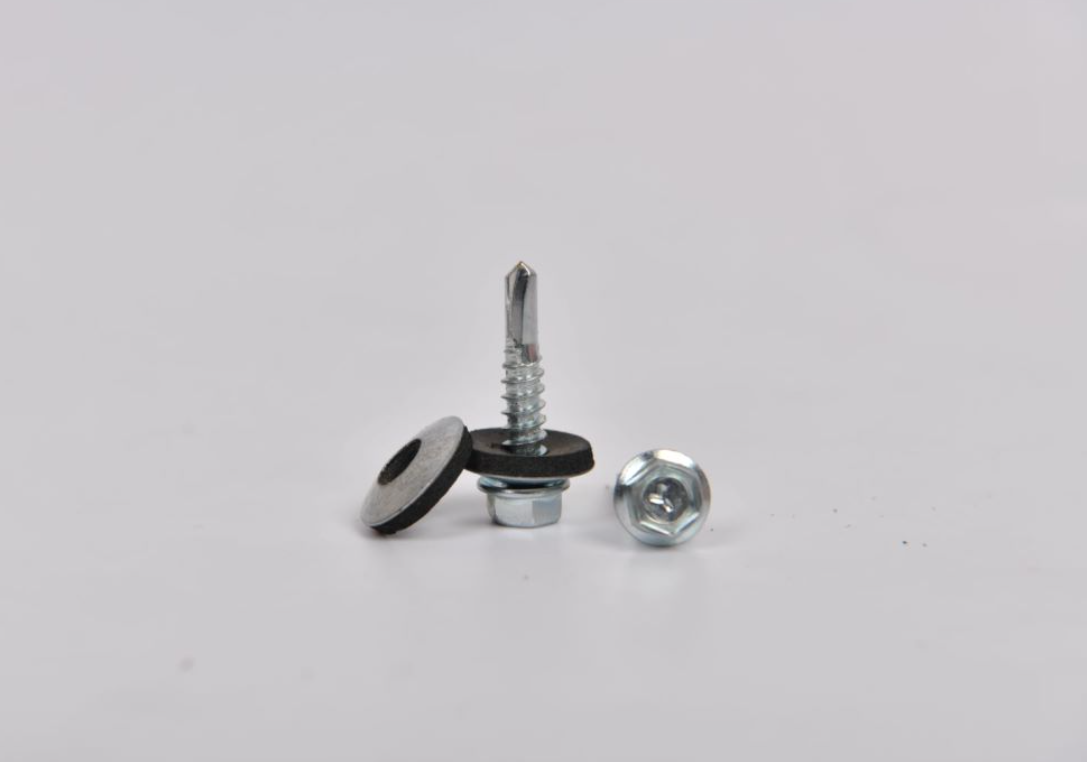screw length for 5/8 drywall factories
Understanding Screw Length for 5/8 Drywall
When it comes to drywall installation, choosing the right screw length is crucial to ensure a sturdy and long-lasting finish. Drywall, particularly the 5/8 inch variety, is widely used in both residential and commercial construction due to its superior strength and fire resistance. This article explores the significance of selecting the proper screw length for 5/8 drywall installation, including factors to consider and best practices.
Why 5/8 Drywall?
5/8 drywall is often selected for specific applications, such as ceilings or areas requiring additional soundproofing or fire resistance. Its thickness provides better durability than the standard 1/2 drywall, making it a preferred choice for high-traffic or safety-sensitive environments. However, to maximize its benefits, precise installation methods, including the use of the appropriate screw length, are essential.
Choosing the Right Screw Length
The common recommendation for screws used with 5/8 drywall is to opt for 1-1/4 to 1-5/8 screws. The general rule of thumb is that drywall screws should penetrate into the underlying framing material (either wood or metal) by at least 5/8. This ensures that the screw provides enough grip and stability for the drywall sheet.
Factors to Consider
1. Type of Framing Material The thickness of the framing plays a significant role in determining the appropriate screw length. For instance, if you are securing 5/8 drywall to a wooden stud (which is typically 2x4 or 2x6 lumber), a screw length of 1-5/8 is standard. This allows the screw to penetrate the drywall by 5/8 and into the lumber for a secure hold.
2. Metal Framing If the drywall is being installed on a metal stud, a shorter screw length may be adequate due to the thickness of the metal. A 1-1/4 screw might be suitable in this case since it will provide the necessary penetration without excessive length.
screw length for 5/8 drywall factories

3. Weight and Stress Factors In instances where added weight will be hung on the drywall (such as cabinetry or shelving), using longer screws, like 1-5/8, can enhance holding power and overall durability. This is especially true if the additional weight is concentrated on a single point, which requires that extra grip.
4. Screw Type The choice of screw also matters. While drywall screws are commonly used, other types, such as self-tapping screws for metal framing, might be necessary depending on the specific project requirements.
Installation Tips
- Spacing When installing screws, it’s essential to space them properly. According to the Gypsum Association guidelines, screws should be placed every 12 to 16 inches along the seams and edges of the drywall. This spacing helps to prevent sagging and ensures that the drywall remains firmly attached to the studs.
- Screw Depth Avoid over-driving screws, which can break the paper surface of the drywall. The screw head should be slightly recessed below the surface but not so deep that it damages the drywall. The right screw depth ensures a smooth finish for taping and mudding.
- Avoid Split Wood When working with wooden studs, pre-drill holes in areas near the edges to prevent splitting the wood, particularly if using longer screws.
Conclusion
Choosing the right screw length for 5/8 drywall installation is vital for creating a secure and high-quality finish. Factors such as the type of framing material, expected weight, and overall project specifications will dictate the screw length required. By adhering to best practices and understanding the dynamics of drywall installation, builders and DIY enthusiasts alike can achieve durable and effective results that stand the test of time. Ultimately, a well-informed approach to screw selection contributes significantly to the success of any drywall project, enhancing both the aesthetic and structural integrity of the finished space.
-
Top Choices for Plasterboard FixingNewsDec.26,2024
-
The Versatility of Specialty WashersNewsDec.26,2024
-
Secure Your ProjectsNewsDec.26,2024
-
Essential Screws for Chipboard Flooring ProjectsNewsDec.26,2024
-
Choosing the Right Drywall ScrewsNewsDec.26,2024
-
Black Phosphate Screws for Superior PerformanceNewsDec.26,2024
-
The Versatile Choice of Nylon Flat Washers for Your NeedsNewsDec.18,2024










